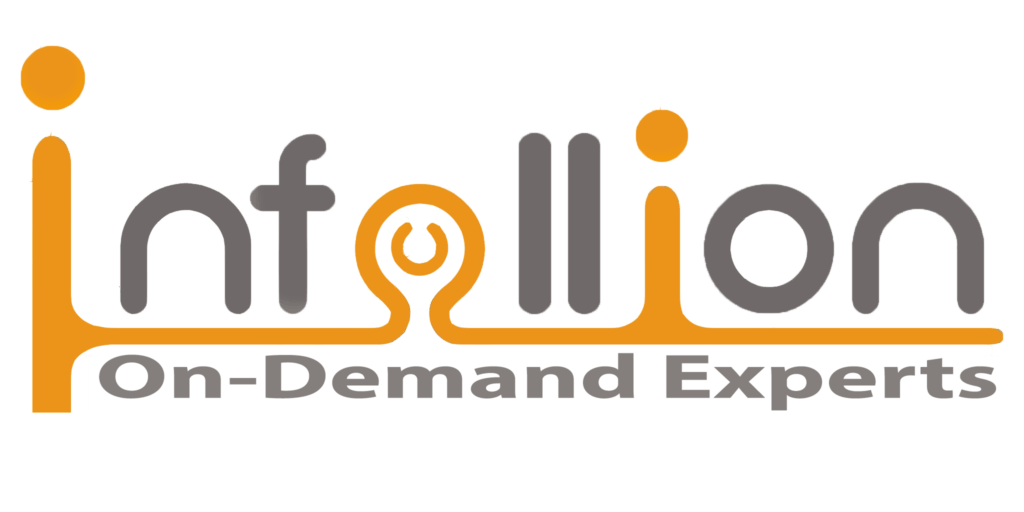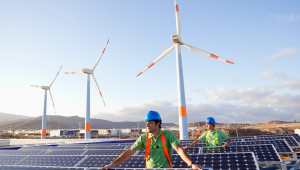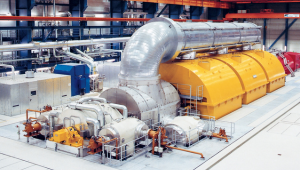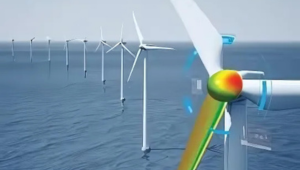Program Overview
This expert-led program dives into the science, strategic application, and real-world benefits of nano-coatings in wind turbine operations. Participants will explore cutting-edge coating technologies—such as hydrophobic, anti-fouling, and anti-icing applications—and their role in enhancing component durability and reducing maintenance cycles. Through case studies, situational insights, and practical simulations, attendees will gain the knowledge and tools to assess coating suitability for specific turbine sites, make data-driven maintenance decisions, and boost long-term turbine efficiency. The course is tailored to help mid-senior professionals make informed technical and financial choices regarding nano-coating implementation.
Features
- Understand key nano-coating technologies and their turbine-specific applications
- Evaluate environmental and operational conditions influencing coating selection
- Analyze real-world case studies to extract technical and commercial insights
- Design a basic nano-coating strategy aligned with turbine performance goals
Target audiences
- Wind Farm Maintenance Engineers
- Operations Heads / Technical Leads
- R&D Scientists working on materials & coatings
- Project Managers (Turbine Procurement / Commissioning)
Curriculum
- 4 Sections
- 17 Lessons
- 1 Day
Expand all sectionsCollapse all sections
- Fundamentals of Nano-Coatings in Wind Turbines4
- 1.1Definition, science, and types of nano-coatings (hydrophobic, anti-icing, anti-fouling, etc.)
- 1.2Key performance metrics: adhesion, wear resistance, UV stability, thermal cycling
- 1.3Material interactions: composite blades, metallic surfaces, and sensors
- 1.4Key terms: nanostructures, self-assembled monolayers, superhydrophobicity, barrier performance
- Operational Contexts & Field Realities5
- 2.1When and where nano-coatings make economic and performance sense
- 2.2Comparative lifecycle analysis: traditional coatings vs. nano-coatings
- 2.3Environmental challenges: coastal vs. inland, high dust vs. salt air
- 2.4Integration with O&M schedules: inspection intervals, reapplication timelines
- 2.5Regulatory and certification perspectives
- Case Studies from the Field3
- 3.1Global case studies of successful nano-coating implementations: Blade leading edge erosion mitigation; Ice-phobic coatings in sub-zero wind farms; Salt and dust protection in offshore installations
- 3.2Lessons learned from failures: poor adhesion, overcoating issues, improper substrate prep
- 3.3Maintenance savings and ROI quantification from coating upgrades
- Simulation & Activity5
- 4.1Group Activity: Design a nano-coating strategy for a wind farm facing specific weather/erosion challenges
- 4.2Simulation: Choose optimal coating properties for different turbine zones (blade, hub, tower)
- 4.3Interactive troubleshooting: Diagnosing field coating failures from real photos/data
- 4.4Cost-benefit calculator walkthrough: Evaluate CAPEX vs. ROI over 10 years
- 4.5Recap: Superhydrophobic surface, Surface energy modification, Leading-edge erosion, Nanostructured barrier layer, Chemical vapor deposition (CVD), Self-healing coatings, Icephobic nanofilms, UV resistance & nano-degradation, Life cycle cost (LCC) analysis, Wind turbine availability factor








